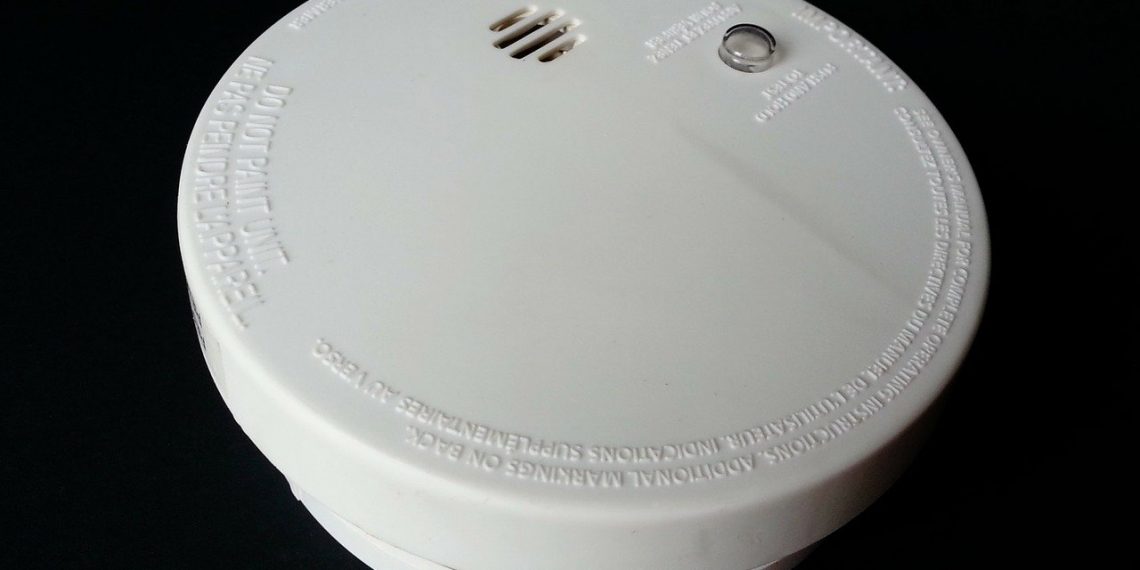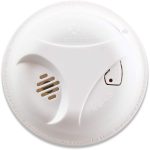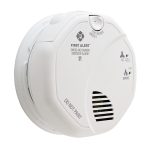I. Introduction
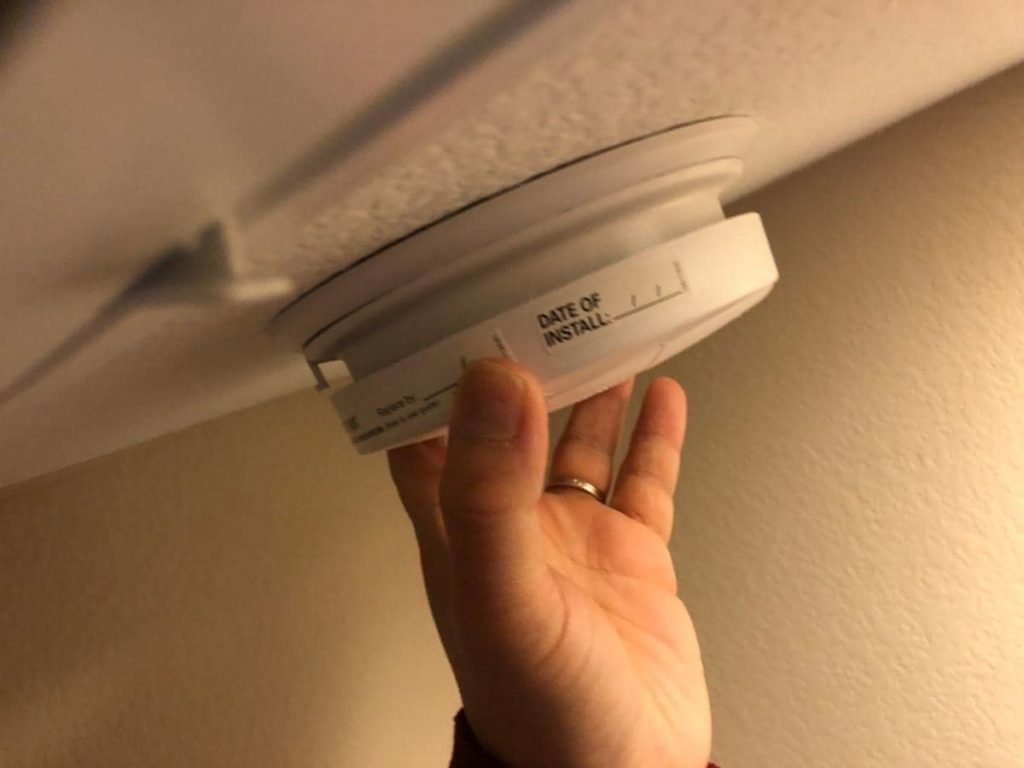
A. Importance of smoke alarms for safety in the home
Smoke alarms play a crucial role in protecting our homes and loved ones from the dangers of fire. They serve as an early warning system, giving us precious time to evacuate and call for help in the event of a fire. Having functional smoke alarms installed throughout our homes is a fundamental aspect of fire safety.
B. Frustration caused by a constantly triggering smoke alarm
However, while smoke alarms are essential, they can sometimes cause frustration when they repeatedly trigger false alarms. The piercing sound can be disruptive and annoying, and it may lead to a lack of trust in the smoke alarm system. This frustration can undermine the importance of having smoke alarms in the first place.
C. Purpose of the article: help readers troubleshoot and resolve the issue
The purpose of this article is to provide guidance to readers who are experiencing issues with their smoke alarms triggering false alarms. We will explore the potential causes of these false alarms and offer troubleshooting tips and solutions to help resolve the issue. By understanding the causes and implementing the appropriate solutions, readers can regain confidence in their smoke alarm system and ensure their homes remain safe.
II. Understanding the Causes
A. Incorrect placement of the smoke alarm

One of the common causes of false alarms is the incorrect placement of the smoke alarm. To maximize effectiveness, smoke alarms should be strategically placed in specific locations within the home.
- Ideal locations for smoke alarm placement
The ideal placement of a smoke alarm is on the ceiling in the center of each room and hallway. This ensures that the alarm can detect smoke as it rises and spreads throughout the space. In rooms with pitched ceilings, the alarm should be installed three feet away from the highest point.
- Common mistakes to avoid
Some common mistakes in smoke alarm placement can inadvertently trigger false alarms. These include placing the alarm too close to cooking appliances or bathrooms, where steam or high humidity levels can cause false readings. It is important to keep the alarm at least 10 feet away from sources of heat, steam, or excessively humid areas to prevent false alarms.
B. Environmental factors triggering false alarms

Environmental factors can also cause smoke alarms to trigger false alarms. Understanding these factors can help identify and address the root cause.
- Steam from showers or cooking
Smoke alarms can mistake steam from showers or cooking as smoke, leading to false alarms. If the alarm is located too close to the kitchen or bathroom, the steam can trigger the alarm even without the presence of actual smoke.
To address this, it is recommended to install a separate heat or humidity detector in vulnerable areas. These detectors are specifically designed to differentiate between smoke and environmental conditions. Additionally, ensuring proper ventilation in kitchens and bathrooms can also help reduce steam and minimize false alarms.
- Dust, insects, or cobwebs near the sensor
Accumulated dust, insects, or even cobwebs near the sensor can impair the smoke alarm’s ability to detect smoke accurately. These foreign objects can obstruct the sensor, leading to false readings.
Regular cleaning and maintenance of the smoke alarm can help prevent false alarms caused by these factors. It is advisable to clean the alarm using a soft brush or vacuum cleaner, making sure to remove any debris that may have accumulated over time. This simple maintenance task can significantly reduce false alarms.
- High humidity or temperature fluctuations
High humidity levels or frequent temperature fluctuations can also trigger false alarms in some smoke alarm models. Certain smoke alarms are more sensitive to environmental changes than others, and these conditions can lead to false readings and subsequent false alarms.
III. Troubleshooting and Solutions
A. Adjusting smoke alarm placement
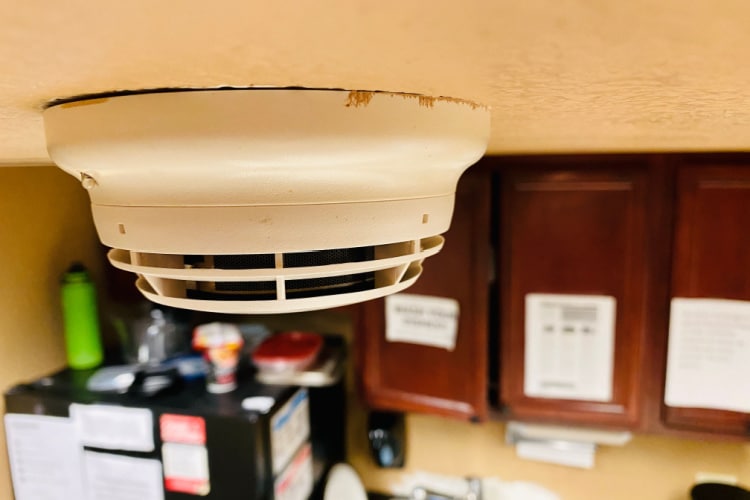
One of the first steps in troubleshooting a smoke alarm is to ensure that it is properly installed in the correct location. Smoke alarms should be installed on the ceiling or high on a wall, as smoke rises. This placement allows the alarm to detect smoke as early as possible.
When adjusting the placement of a smoke alarm, it is also important to consider its proximity to potential triggers. Smoke alarms should be kept at least 10 feet away from cooking appliances and bathrooms, as these areas often have high levels of humidity and heat, which can trigger false alarms.
B. Addressing environmental factors
Environmental factors such as heat and humidity can sometimes cause false alarms. To address this issue, it may be helpful to install a separate heat or humidity detector in vulnerable areas. These detectors can help differentiate between actual smoke and environmental conditions that can trigger false alarms.
Regularly cleaning and maintaining the smoke alarm is also crucial in addressing false alarms caused by environmental factors. Dust and debris can accumulate over time, affecting the alarm’s sensitivity. Cleaning the alarm with a soft brush or vacuum can help ensure that it functions properly.
C. Testing and calibrating the alarm
Regular testing and calibrating of the smoke alarm is essential in ensuring its effectiveness. This involves checking and replacing batteries regularly, as weak or dead batteries can cause the alarm to malfunction or not work at all. It is recommended to replace the batteries at least once a year or when the low-battery indicator starts to sound.
Performing routine tests on the functionality of the smoke alarm is also necessary. Most smoke alarms have a test button that allows you to simulate a smoke condition and check if the alarm is functioning properly. It is recommended to test the alarm once a month to ensure that it is in good working condition.
IV. Seeking Professional Help
A. When to contact a technician or electrician
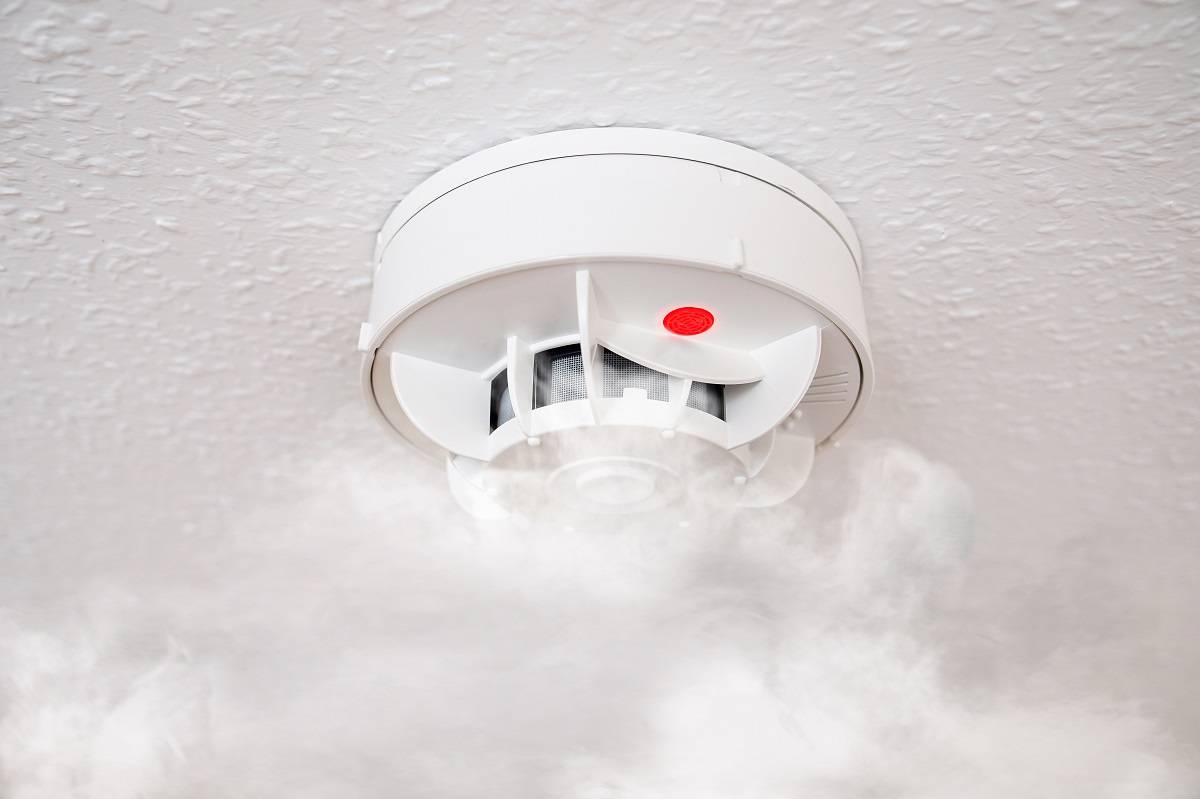
In some cases, troubleshooting may not resolve the issues with a smoke alarm system. If you continue to experience continuous false alarms despite following the troubleshooting steps, it is advisable to contact a qualified technician or electrician for further assistance. They can help identify any underlying issues with the system and provide the necessary repairs or replacements.
Similarly, if the smoke alarm system itself is malfunctioning or not working at all, it is important to seek professional help. Only certified technicians or electricians should handle complex electrical systems to ensure the safety and proper functioning of the smoke alarm system.
B. Importance of regular maintenance and inspection
Regular maintenance and inspection of smoke alarms are essential for their longevity and effectiveness. It is recommended to schedule professional maintenance and inspections at least once a year. During these inspections, technicians can check the overall condition of the smoke alarm system, ensure that it meets safety standards, and make any necessary adjustments or replacements.
Replacing outdated or faulty smoke alarms is also crucial for maintaining a safe home environment. Over time, smoke alarms may become less reliable or stop functioning altogether. It is important to replace older models with newer ones that meet current safety standards. Additionally, if a smoke alarm shows signs of malfunction, such as frequent false alarms or not sounding during tests, it should be replaced immediately.
By following these troubleshooting steps and seeking professional help when needed, you can ensure the proper functioning and effectiveness of your smoke alarm system. Don’t underestimate the importance of a working smoke alarm in keeping your home and loved ones safe from fire hazards.
